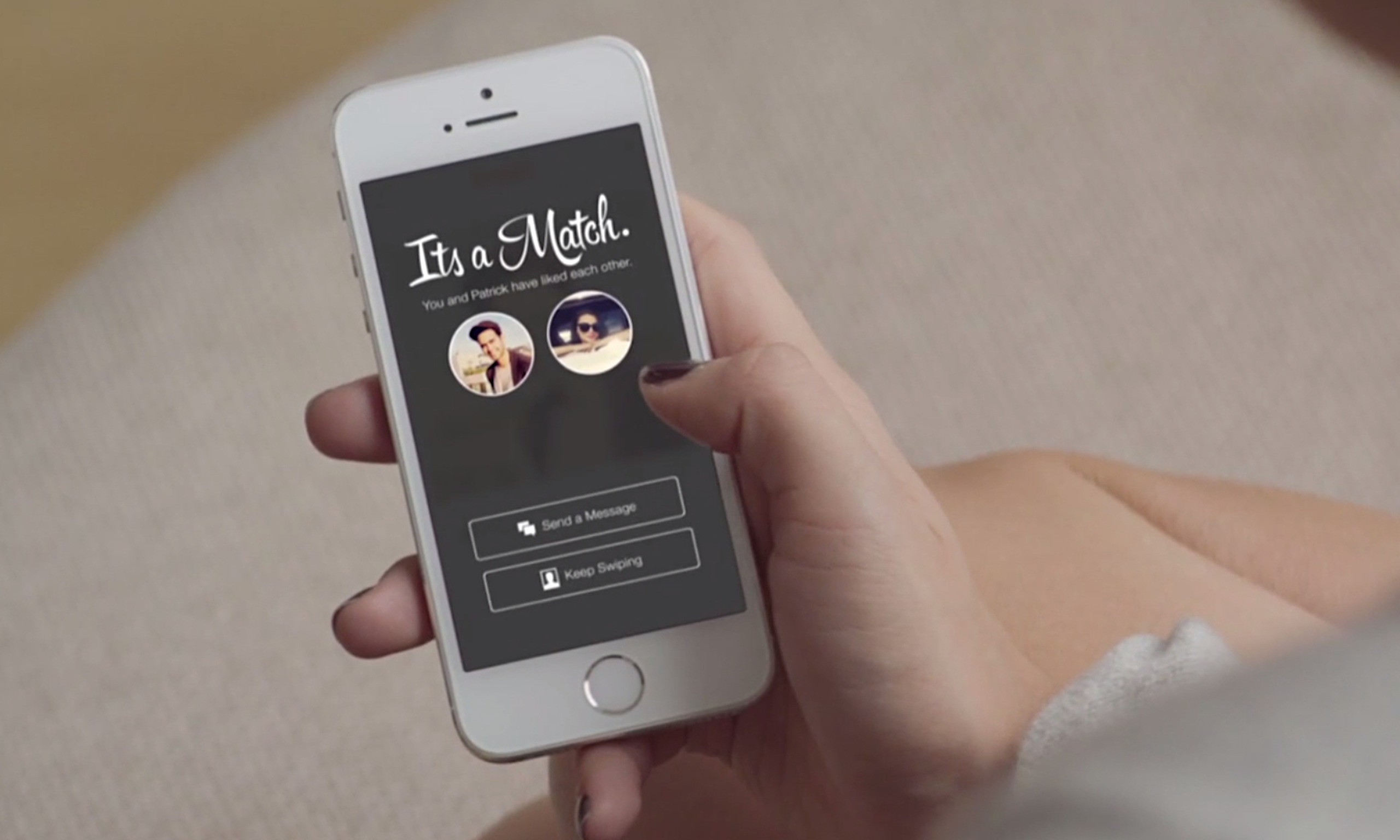Like this article? rabble is reader-supported journalism. Chip in to keep stories like these coming.
Tinder, one of the most popular mobile dating applications on the planet, has become almost ubiquitous in urban centres around Canada. With millions of users swiping left and right and looking for their future (or temporary) lovers, I am left wondering what kinds of exploitative properties are hidden away in the software structure of the application.
After all, Tinder is a corporation that must swing a profit. And it’s going to find some way to commodify the intimacy that it facilitates.
A new and largely unacknowledged form of exploitation has been bubbling under the surface of social media for the past couple of decades: the silent presence of algorithms that shape how we communicate with each other and on what terms. An algorithm is a set of computational instructions that work together to structure how computer software functions. It’s also the backbone of all social media.
Algorithms are programmed with particular logic that determines how we use any given platform. In the case of most social media platforms, algorithms are designed to be profit driven. They seek to encourage us to produce content that can be siphoned from your account and sold as data to the marketing industry.
The algorithm does this by shaping the ways and the terms by which we can produce content. The visual interface is designed to control how we use the application — for instance, we swipe left or swipe right. Industry critics and scholars define these algorithms as being blackboxed — or rendered invisible and secret. Frank Pasqual, in his book The Blackbox Society, makes the argument that algorithms are fundamentally changing what it means to live in a modern society — only we can’t see these changes.
According to Pasquel, we know that a blackboxed algorithm is a thing that exists. But, because of a combination of copyright laws, non-disclosure agreements and their mathematical complexity, most of us have no clue what these algorithms actually do — or their significance.
How are the Tinder algorithms shaping romance and sex? Tinder has begun to shape romance by quantifying desire and sorting lovers based on their level of desirability. This is done through the “Elo Score” — a rating system that had originally been devised for rating computer chess players.
Not much is known about what factors and variables are considered or scored for Tinder’s Elo algorithm (Remember, they’re blackboxed). Tinder rates your desirability and then matches you to those who have a similar desirability score. It does this through surveillance techniques that flesh out data from your Tinder account. Through profile pictures, the frequency of left and right swipes, your interests, and your demographics Tinder’s Elo score algorithm curates who you have access to.
Romance has always been a rapidly shifting playground. How we engage with romance is dependent on a brew of social, cultural, political and historical factors. A good example of the changing nature of romance is the way the LGBTQ* community has been being treated. There are many more normalized spaces for queer love. In a similar way, the blackboxed algorithms of dating applications are shaping who we are able to meet with and who we are not able to meet with.
It is a common utopian trope (or is it dystopian?) to have a world where our utility and efficiency is maximized by algorithms. Imagine a computer program that is able to find your perfect match! However, algorithms are not perfect. Furthermore, they are coded and designed by capitalist entities. They are certainly not neutral.
I am not anti-dating apps, nor am I a technophile that believes such apps will save humanity from itself. However, I do have a vested interest in “unpacking” the blackbox of dating applications. The romance of millions of the worlds citizens are being exposed to incredible amounts of surveillance and social shaping techniques. Not only does this have an immense chilling effect — it also normalizes surveillance in our most intimate and vulnerable moments. This is becoming more and more important as new dating applications become popular — Plenty of Fish, Grindr, Happn, and Bumble among others.
Tinder enables new forms of intimacy that are incredibly valuable. However, we need to question the kinds of relationships that Tinder may be curating, the kinds of data they might be syphoning, and the larger intentions that surround all of this.
Some have called for algorithmic transparency. But as Pasqual points out, even if we had access to the algorithms most people could not understand their logic. Further, such algorithms are constantly changing. Pasqual calls for legal and policy changes that regulate the use of data.
Surveillance is far too ubiquitous for anyone to bring a stop to it. We need to fine tune the extent to which corporations like Tinder can utilize data they siphon from the intimate encounters of their user base. This is not a perfect solution — but it is a worthy sort of damage control until we are able to figure out a novel way to resist blackboxed exploitation.
Kyle Curlew is an MA student in the Sociology of Surveillance at Queen’s University. He is an academic and independent journalist and blogger who is interested in new media, surveillance, science fiction and technology.
Like this article? rabble is reader-supported journalism. Chip in to keep stories like these coming.
Image: Tinder.com



